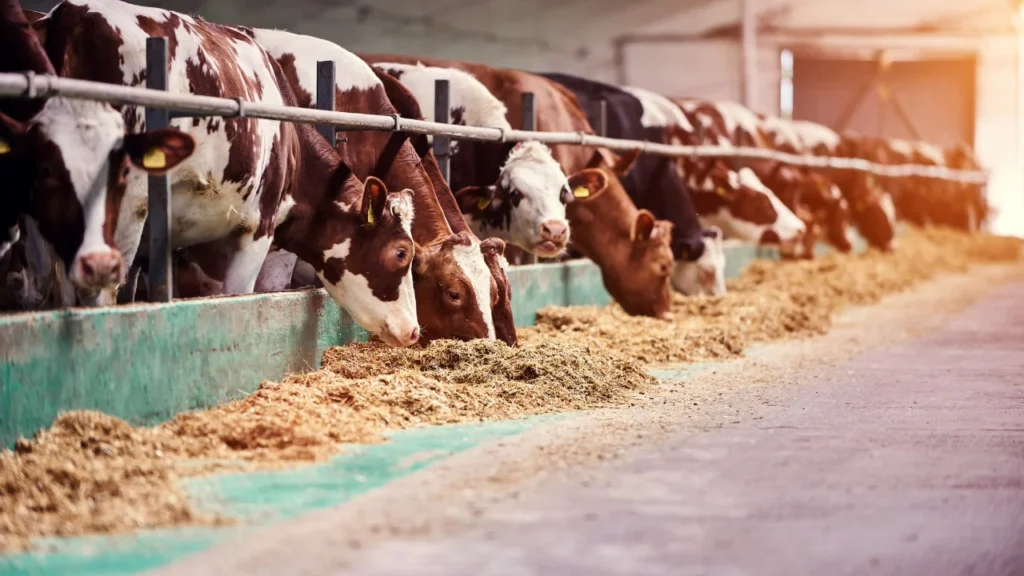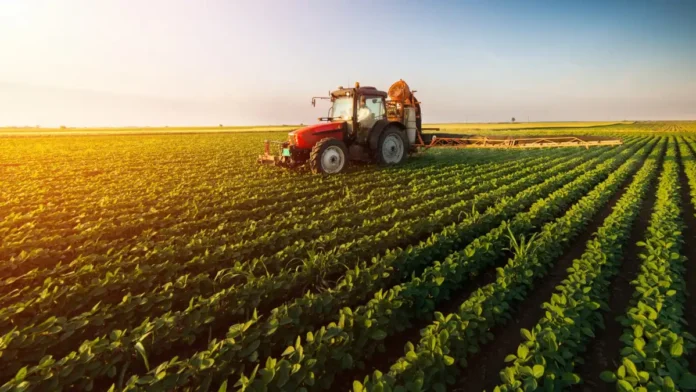Introduction
Agriculture Budget Neglect is crippling India’s rural economy, despite claims of resilience in the Economic Survey 2024-25. As R. Ramakumar, Professor at TISS Mumbai, argues, the Union Budget’s fiscal apathy toward farming exposes systemic failures—from exaggerated productivity claims to slashed allocations for critical schemes.
Agriculture in India has been subject to fiscal apathy, with the 2024 Budget further exacerbating the neglect. Despite the claims in the Economic Survey of a “resilient” agricultural sector, a closer examination of data exposes a far more troubling picture. Stagnant productivity, declining real farmer incomes, and misplaced government priorities continue to push the sector into distress. Even as policymakers promote their vision of self-reliance and modernized farming, the financial neglect of core agricultural needs remains a glaring contradiction.
The Flawed Narrative of Agricultural Resilience
The Economic Survey 2024-25 sought to paint an optimistic picture of Indian agriculture, asserting that the sector’s resilience stemmed from higher productivity, increased crop diversification, and rising farmer incomes. However, these claims are either unfounded or significantly overstated:
- No major surge in crop productivity: Growth rates of yield between 2014-15 and 2022-23 were lower than in the previous decade. Even in key foodgrain categories, productivity improvements have stagnated, impacting food security.
- Limited crop diversification: Any diversification has largely been confined to livestock and fisheries, which engage far fewer households compared to crop farming. Regional disparities persist, with rain-fed and resource-poor areas experiencing minimal diversification.
- Stagnant or declining real farmer incomes: Contrary to official claims, real incomes have either plateaued or declined in recent years. Rising input costs, unpredictable weather patterns, and erratic price support mechanisms have further squeezed farmer earnings.
The so-called resilience of agriculture is not the result of government policies, but rather external factors such as favorable international price trends and good monsoons in the post-COVID period. Meanwhile, deep-rooted structural problems—low productivity, weak price growth, shrinking profitability, and falling rural wages—persist, preventing any meaningful recovery. Without long-term, well-funded interventions, these vulnerabilities will only worsen, putting millions of small and marginal farmers at risk.
Budget 2024: A Continuation of Fiscal Neglect
Given past budgetary indifference toward agriculture, many expected a corrective shift in allocations for 2024-25. However, these hopes have been dashed, as the Budget continues systemic underfunding of critical agricultural sectors. This not only affects farmers directly but also has ripple effects on allied industries, rural employment, and food supply chains.
Severe Budget Cuts Across Key Sectors:
- Agricultural research and education: A minuscule ₹21 crore increase between 2023-24 and 2025-26, while an unscientific “National Mission on Natural Farming” sees an allocation surge to ₹616 crore. Investment in innovation and sustainable farming practices remains insufficient.
- Crop husbandry: Funding has declined by ₹5,195 crore between 2023-24 and 2025-26, leaving farmers without adequate support for inputs, mechanization, and modern irrigation solutions.
- Pradhan Mantri Fasal Bima Yojana (Crop Insurance): ₹3,622 crore reduction, with several states withdrawing due to its flawed design. This exposes farmers to greater financial risk in case of natural calamities.
- Central sector schemes: Most major programs have seen either stagnation or reduction in their financial outlay, limiting their ability to deliver benefits at scale.
Misplaced Priorities in Agricultural Missions
Despite rhetoric about “new crop-based missions,” the actual allocations are paltry:
- Cotton Technology Mission – ₹500 crore, which is insufficient given the demand for high-yield cotton strains.
- Mission for Pulses – ₹1,000 crore, a fraction of what is needed to meet rising domestic consumption.
- Mission for Vegetables and Fruits – ₹500 crore, despite horticulture’s potential to boost farmer incomes.
- National Mission on Hybrid Seeds – ₹100 crore, making it unlikely to drive widespread adoption of better seed varieties.
- Makhana Board (for Bihar) – ₹100 crore, a token amount for a niche but significant regional crop.
Meanwhile, existing commodity boards remain underfunded:
- Coffee Board: Allocation remains unchanged, limiting support for small growers in key regions.
- Rubber Board: ₹40 crore increase, an insignificant sum given the sector’s challenges with imports and price volatility.
- Spices Board: A mere ₹24 crore increase, despite India’s global standing in spice exports.
- Coconut Development Board: Allocation cut from ₹39 crore to ₹35 crore, ignoring the needs of coastal farmers reliant on coconut farming.
Livestock and Fisheries: Ignored Despite Government Rhetoric

The Budget speech highlighted diversification into livestock and fisheries, but actual funding tells another story:
- Fisheries allocation: A marginal ₹87 crore increase, which does little to modernize the sector or support fishery-dependent communities.
- Animal husbandry: ₹407 crore cut, despite its importance to rural livelihoods and nutritional security.
- Dairy sector: A ₹321 crore increase, insufficient to meet the sector’s growing demand for processing infrastructure and market access.
- Overall increase in livestock and dairy: A mere ₹319 crore, exposing the hollowness of claims about boosting these sectors. With rising costs of fodder and veterinary care, this allocation does little to address long-term sustainability.
The Prime Minister Dhan-Dhaanya Krishi Yojana: A Centralized Concern
A new scheme, Prime Minister Dhan-Dhaanya Krishi Yojana, aims to assist 100 districts with low productivity and poor credit access, modeled after the Aspirational Districts Programme. However, since agriculture is a State subject, concerns arise over excessive centralization and potential financial burdens on states. Unless states receive direct financial support and implementation flexibility, the program may struggle to achieve its intended impact.
Conclusion: A Budget that Undermines Agriculture
Despite frequent mentions of agriculture in the Budget speech, the financial allocations fail to reflect any real commitment to the sector. The continued underfunding of research, input support, price stabilization, and farmer welfare programs suggests that agriculture remains an afterthought. Without sustained and well-directed investment, the country risks exacerbating rural distress, food insecurity, and economic disparities.
A truly transformative agricultural policy requires increased budgetary allocations, robust farmer-centric policies, and strong implementation mechanisms. Policymakers must recognize the urgency of this crisis and implement real fiscal interventions to address the sector’s deepening distress. In the absence of such measures, the promise of agricultural resilience will remain a hollow slogan.
Stay informed on the latest developments in Indian agriculture. Share your insights and join the conversation in the comments below!


